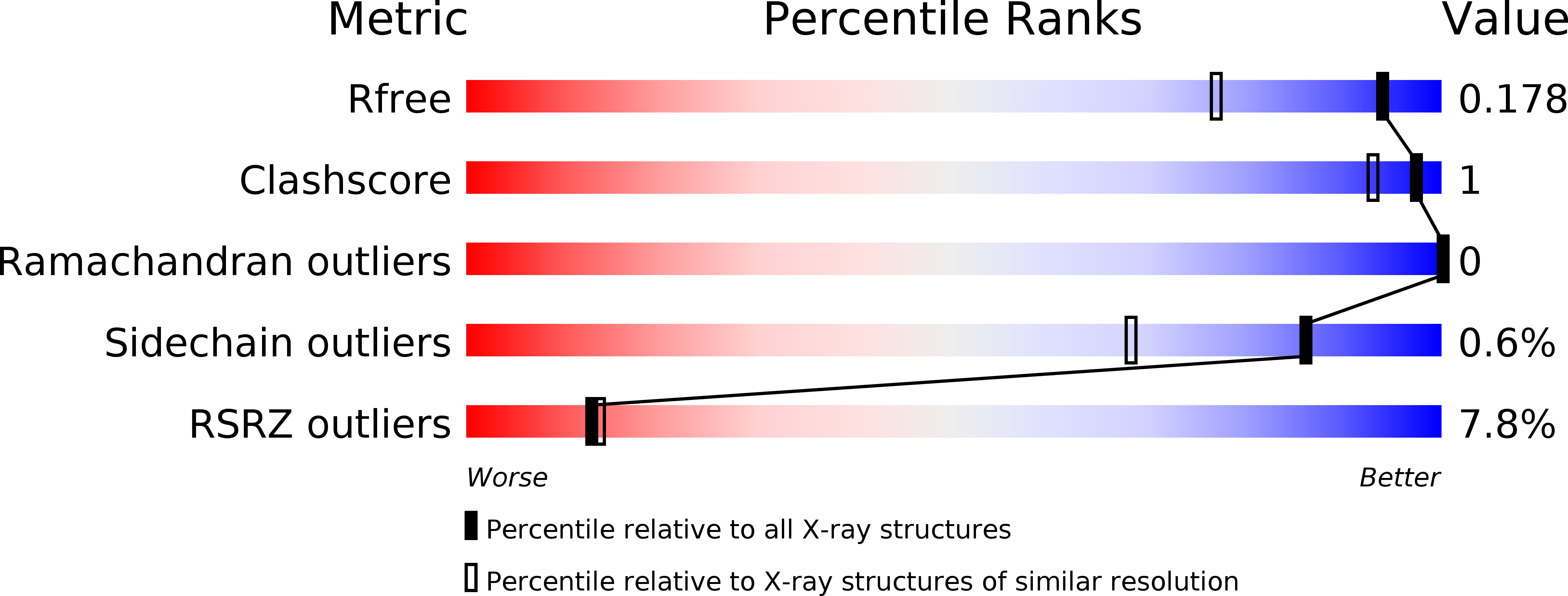
Deposition Date
2019-08-08
Release Date
2020-02-19
Last Version Date
2024-01-24
Method Details:
Experimental Method:
Resolution:
1.44 Å
R-Value Free:
0.17
R-Value Work:
0.15
R-Value Observed:
0.15
Space Group:
P 21 21 21


